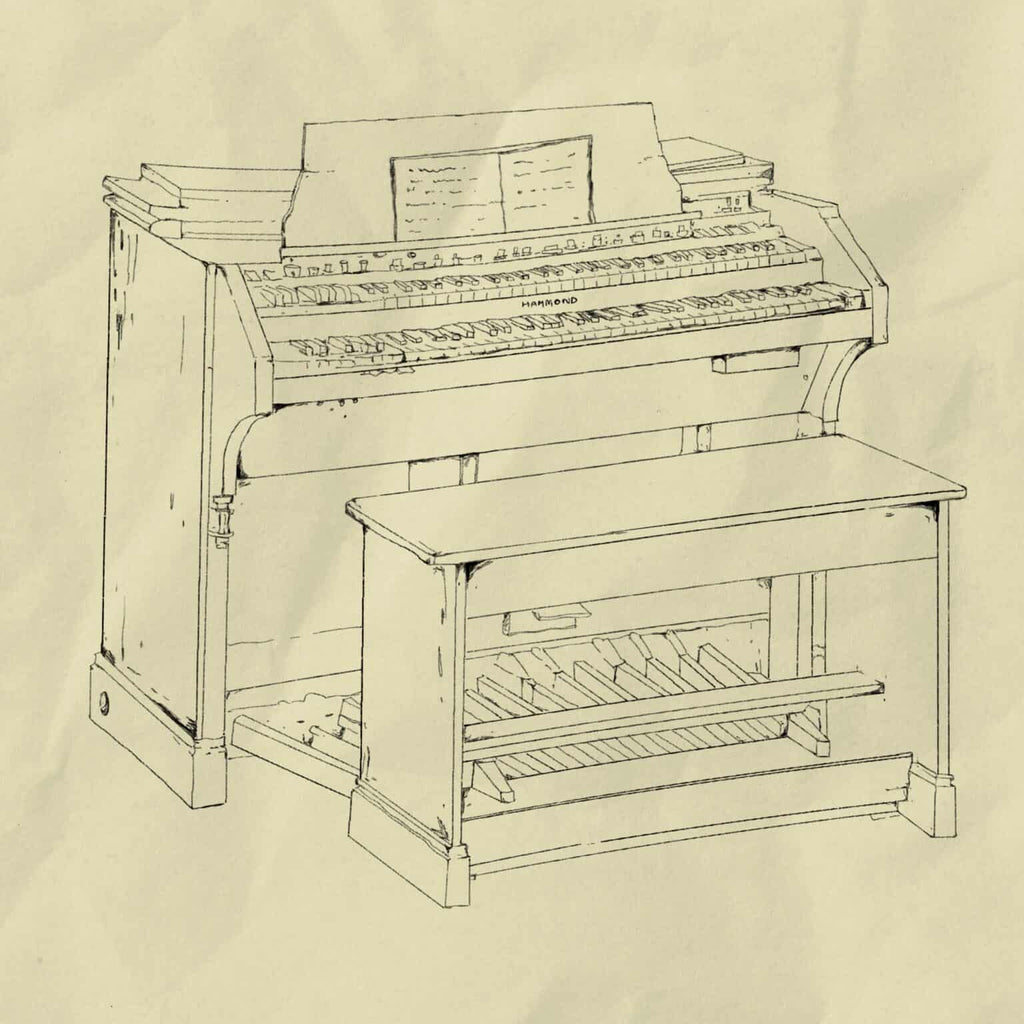To say each synthesizer is unique would be an understatement. Capable of producing distinct sound characteristics akin to none, the world of synths is all sorts of weird and fun! With each generation of synths came an era of sound unheard previously – maximising possibilities and pushing the boundary of music. Read more to learn about the history of one of the most iconic modern day instruments!

Theremin (1928)
The start of the synthesizer revolution was with this emotive instrument, invented by Lev Sergeyevich Termen. This unique instrument produces its distinctive hum when the user waves their hands between two metal antennas, reacting to actual physical motions.

Hammond Organ (1937)
Made popular through its use by jazz cats like Jimmy Smith during his sessions at BlueNote in the 50’s and Deep Purple’s Jon Lord through its psychedelia inspired rock interpretations, the synth created by Laurens Hammond and John M. Hanert was originally made for churches as a lower-cost alternative to the wind-driven pipe organ or piano.

Buchla (1963)
Jon Buchla brought in the modular synthesizer revolution from the West Coast, USA by allowing musicians and creators to combine separate components that each generated or modified a music event/effect. Utilising the different modules, a composer could affect the pitch, timbre, amplitude, and spatial location of the sound – controlled using touch/pressure sensitive surfaces.


Moog Modular (1965) & Minimoog (1970)
The most identifiable name on the list and the inventor of the first commercial synthesizer – the Moog Modular, made in the East Coast, Robert Moog’s instruments have allowed every musician access to the once elusive instrument’s sounds. The Minimoog was a more portable model of the same synthesiser which is regarded as the most famous and influential synth in history – from studios to concert halls.



Roland TR-808 (1980), Roland TB-303 (1982) & Roland TR-909 (1984)
The Roland revolution of the 80’s heralded a new wave of analog synthesis based instruments which allowed users to program custom rhythms and patterns instead of having to use default presets. The sounds of the Roland drum machines continue to dominate charts everywhere today.

Yamaha DX7 (1983)
Recognised as the “working musician’s workhorse”, this was the first successful digital synthesiser, allowing musicians to take its sound wherever they went. While being hard to customise and program, the initially disliked preset patches available became staple sounds of pop music through the 80’s.

Doepfer MAQ16/3 (1992)
Designed in collaboration with the pioneers of electronic synthesiser music – Kraftwerk, Dieter Döpfer’s created an all analog sequencer. Doepfer’s systems would go on to influence a revitalization of analog systems and electronics that currently sees no end in site – beginning with their Eurorack Modular Synths.

Korg microKORG (2002)
The microKORG is arguably one of the main reasons why young artists start experimenting with the synth world – known for being inexpensive, portable, and being MIDI-capable. It’s easy to use system and ability to quickly tweak and store patches led to many indie bands implementing it into their sound.

